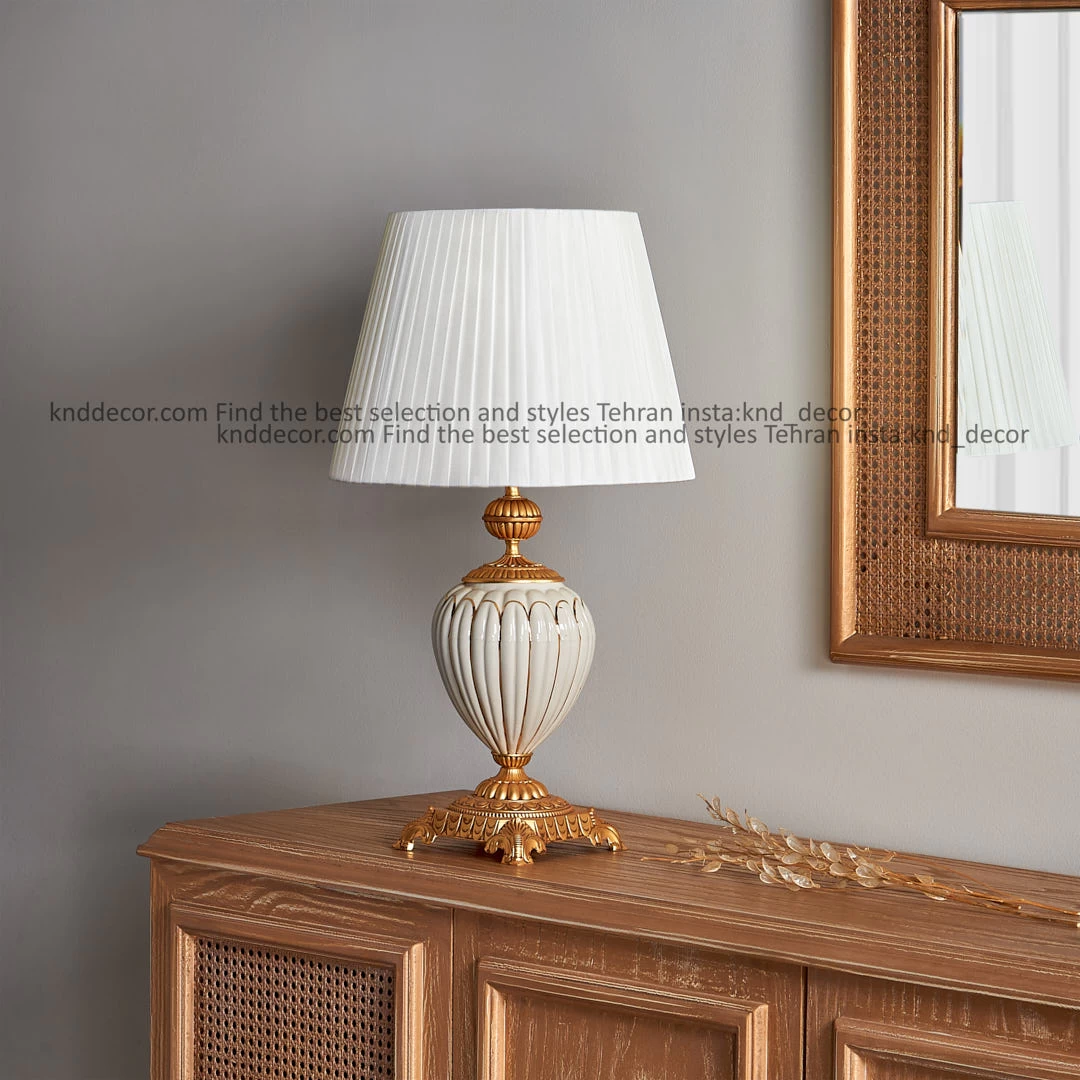Lights & Lighting
Light is the fundamental essence of vision, revealing the world around us.
Its dual nature, behaving as particles (photons) and waves, captivates scientists. Natural light, like sunlight, is a dynamic spectrum influencing our circadian rhythms. In contrast, artificial lighting has evolved, from ancient flames to modern LEDs, shaping human environments. Lighting design impacts mood, productivity, and aesthetics, highlighting its crucial role in architecture and interior spaces. Beyond functionality, light symbolizes enlightenment and metaphorically guides our paths. Understanding and harnessing light's diverse properties continue to illuminate both scientific discovery and the artistry of human expression.
Products related to light and lighting encompass a broad range. Examples include:
1. Light Bulbs: Incandescent, LED, CFL.
2. Lamps: Desk lamps, floor lamps, table lamps.
3. Light Fixtures: Ceiling fixtures, wall sconces, chandeliers.
4. Outdoor Lighting: Path lights, garden lights, floodlights.
5. Smart Lighting: Connected systems, smart bulbs.
6. Lighting Controls: Dimmer switches, timers.
7. Architectural Lighting: Recessed lighting, track lighting.
8. Specialty Lighting: Under-cabinet lights, pendant lights.
9. Decorative Lighting: String lights, decorative bulbs.
10. Commercial Lighting:Office lighting, industrial fixtures.
_1710687514.jpg)
These products serve diverse purposes, from functional illumination to aesthetic enhancement, contributing to the ambiance of spaces.
Harmony in home design involves ensuring that various appliances and elements complement each other. Consider:
1. Color Scheme: Appliances should harmonize with the overall color palette of the room.
2. Style Consistency: Choose appliances that align with the style of your home, whether modern, traditional, or eclectic.
3. Materials: Consistent materials, such as stainless steel or matte finishes, create a cohesive look.
4. Functionality:Ensure appliances serve their intended purpose efficiently, contributing to a smoothly functioning home.
5. Smart Integration: If using smart home technology, aim for compatibility and a unified control system.

By maintaining harmony across these aspects, your home can achieve a cohesive and visually pleasing atmosphere.
A chandelier can be a stunning focal point, contributing to the overall harmony in a home. Consider these factors:
1. Style and Theme:Choose a chandelier that complements the style and theme of the room. For example, a crystal chandelier may suit a more traditional or glamorous setting, while a sleek, modern design fits contemporary spaces.
2. Size and Scale:Ensure the chandelier's size is proportionate to the room. It should neither overpower nor be too small for the space.
3. Height Placement: Hang the chandelier at the correct height—typically centered in the room and low enough to provide adequate illumination without obstructing views.
4. Bulb Type: Select bulbs that enhance the chandelier's aesthetic and contribute to the desired ambiance. LED or dimmable options offer flexibility.
5. Color Palette:Harmonize the chandelier's finish with the room's color palette and other fixtures for a cohesive look.
By integrating these considerations, a chandelier can become an integral element in achieving a harmonious and well-designed home interior.
The most significant effect a chandelier can have in designing a house or a space is its transformative impact on the ambiance. A chandelier:
1. Creates Focal Point: Often positioned in a central location, a chandelier draws attention and becomes a focal point, setting the tone for the entire space.
2. Enhances Aesthetics: A well-chosen chandelier adds elegance, style, and a touch of luxury, contributing to the overall aesthetic appeal of the room.
3. Provides Ambient Lighting: Beyond its decorative role, a chandelier offers ambient lighting, influencing the mood and atmosphere of the space.
4. Defines Style: The design of the chandelier can define or enhance the overall style of the room, whether it's traditional, modern, or eclectic.
5.Reflects Personality: Chandeliers can reflect the personality and taste of the homeowner, adding a unique and personal touch to the interior design.


In summary, a chandelier is not just a lighting fixture; it's a design element that elevates the entire space, creating a harmonious and visually captivating environment.
Chandeliers can generally be exported, but specific regulations and restrictions depend on the country of origin and destination. Factors such as materials used, cultural artifacts, and trade agreements may influence export permissions. It's crucial to check with relevant authorities, such as customs offices or trade organizations, to ensure compliance with export regulations. Additionally, considering the fragility of chandeliers, proper packaging and handling should be considered to prevent damage during transportation.
Chandeliers vary in energy consumption based on bulb type. Traditional incandescent chandeliers tend to use more energy due to their inefficiency. However, modern chandeliers equipped with energy-efficient LED or CFL bulbs can significantly reduce energy consumption. The number of bulbs and their wattage influence overall usage. Smart lighting options further enhance efficiency by allowing tailored brightness and scheduling. To minimize energy impact, choosing LED chandeliers, utilizing dimmers, and embracing smart technologies aligns aesthetics with sustainability, offering an elegant lighting solution without excessive power consumption.
Indoor and outdoor lighting serve distinct purposes, influencing the functionality and ambiance of spaces.
Indoor Lighting:
Indoor lighting encompasses a spectrum of fixtures tailored to specific needs. Ambient lighting provides overall illumination, often through ceiling-mounted fixtures or wall sconces. Task lighting, such as desk lamps or under-cabinet lights, targets specific work areas. Accent lighting highlights focal points or architectural features, contributing to the aesthetic appeal. Chandeliers and pendant lights serve dual roles, combining functionality with decorative flair. In terms of color temperature, warmer tones create a cozy atmosphere, while cooler tones enhance focus in task-oriented areas. Smart indoor lighting systems offer customizable control, adapting to various activities and moods.
Outdoor Lighting:
Outdoor lighting extends functionality and safety beyond daylight hours. Path lights illuminate walkways, enhancing navigation and curb appeal. Security lighting, like motion-sensor floodlights, deters trespassers. Deck and patio lights extend usable outdoor spaces, creating inviting environments. Landscape lighting accents gardens and architectural elements, fostering an enchanting atmosphere. Weather-resistant materials are crucial for outdoor fixtures to withstand the elements. Energy-efficient options, like solar-powered lights, offer sustainability. Strategic placement is vital, avoiding glare and minimizing light pollution. The combination of these elements ensures that outdoor lighting not only serves practical purposes but also enhances the aesthetic appeal and security of the exterior environment.
2. Lamps: Desk lamps, floor lamps, table lamps.
3. Light Fixtures: Ceiling fixtures, wall sconces, chandeliers.
4. Outdoor Lighting: Path lights, garden lights, floodlights.
5. Smart Lighting: Connected systems, smart bulbs.
6. Lighting Controls: Dimmer switches, timers.
7. Architectural Lighting: Recessed lighting, track lighting.
8. Specialty Lighting: Under-cabinet lights, pendant lights.
9. Decorative Lighting: String lights, decorative bulbs.
10. Commercial Lighting:Office lighting, industrial fixtures.
_1710687514.jpg)
Harmony in home design involves ensuring that various appliances and elements complement each other. Consider:
2. Style Consistency: Choose appliances that align with the style of your home, whether modern, traditional, or eclectic.

A chandelier can be a stunning focal point, contributing to the overall harmony in a home. Consider these factors:
The most significant effect a chandelier can have in designing a house or a space is its transformative impact on the ambiance. A chandelier:


Chandeliers can generally be exported, but specific regulations and restrictions depend on the country of origin and destination. Factors such as materials used, cultural artifacts, and trade agreements may influence export permissions. It's crucial to check with relevant authorities, such as customs offices or trade organizations, to ensure compliance with export regulations. Additionally, considering the fragility of chandeliers, proper packaging and handling should be considered to prevent damage during transportation.
Chandeliers vary in energy consumption based on bulb type. Traditional incandescent chandeliers tend to use more energy due to their inefficiency. However, modern chandeliers equipped with energy-efficient LED or CFL bulbs can significantly reduce energy consumption. The number of bulbs and their wattage influence overall usage. Smart lighting options further enhance efficiency by allowing tailored brightness and scheduling. To minimize energy impact, choosing LED chandeliers, utilizing dimmers, and embracing smart technologies aligns aesthetics with sustainability, offering an elegant lighting solution without excessive power consumption.
Indoor and outdoor lighting serve distinct purposes, influencing the functionality and ambiance of spaces.
Indoor lighting encompasses a spectrum of fixtures tailored to specific needs. Ambient lighting provides overall illumination, often through ceiling-mounted fixtures or wall sconces. Task lighting, such as desk lamps or under-cabinet lights, targets specific work areas. Accent lighting highlights focal points or architectural features, contributing to the aesthetic appeal. Chandeliers and pendant lights serve dual roles, combining functionality with decorative flair. In terms of color temperature, warmer tones create a cozy atmosphere, while cooler tones enhance focus in task-oriented areas. Smart indoor lighting systems offer customizable control, adapting to various activities and moods.
Outdoor lighting extends functionality and safety beyond daylight hours. Path lights illuminate walkways, enhancing navigation and curb appeal. Security lighting, like motion-sensor floodlights, deters trespassers. Deck and patio lights extend usable outdoor spaces, creating inviting environments. Landscape lighting accents gardens and architectural elements, fostering an enchanting atmosphere. Weather-resistant materials are crucial for outdoor fixtures to withstand the elements. Energy-efficient options, like solar-powered lights, offer sustainability. Strategic placement is vital, avoiding glare and minimizing light pollution. The combination of these elements ensures that outdoor lighting not only serves practical purposes but also enhances the aesthetic appeal and security of the exterior environment.
FAQs
Why is lighting important?
Lighting is crucial for visibility, mood enhancement, and accentuating design elements in a space.
What type of lighting is best?
The best lighting depends on the specific needs of the space. Generally, a combination of ambient, task, and accent lighting creates a well-balanced environment.
What makes for good lighting?
Good lighting involves proper brightness, color temperature, and distribution to suit the function and aesthetics of a space.
Do chandeliers use more energy?
Chandeliers' energy usage depends on the number and type of bulbs they use. Generally, chandeliers with many incandescent bulbs consume more energy than those with energy-efficient LED bulbs.
 +7929688-88-14
+7929688-88-14

 English
English
 Persian
Persian
 Russian
Russian
 Chinese
Chinese


 +7929688-88-14
+7929688-88-14

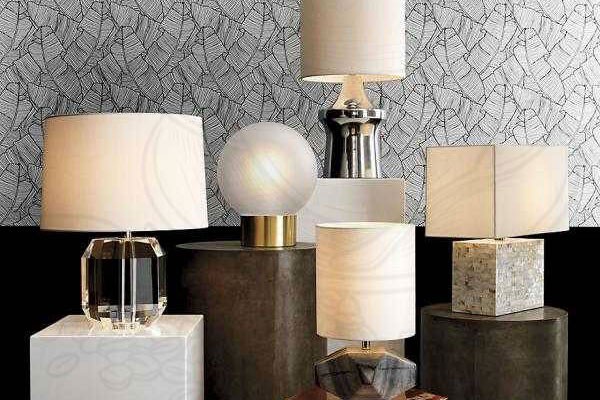
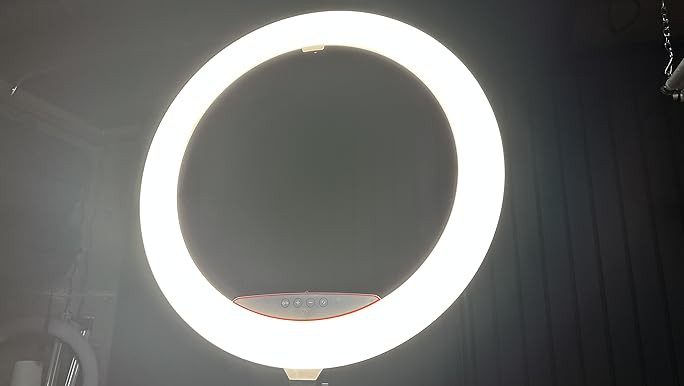
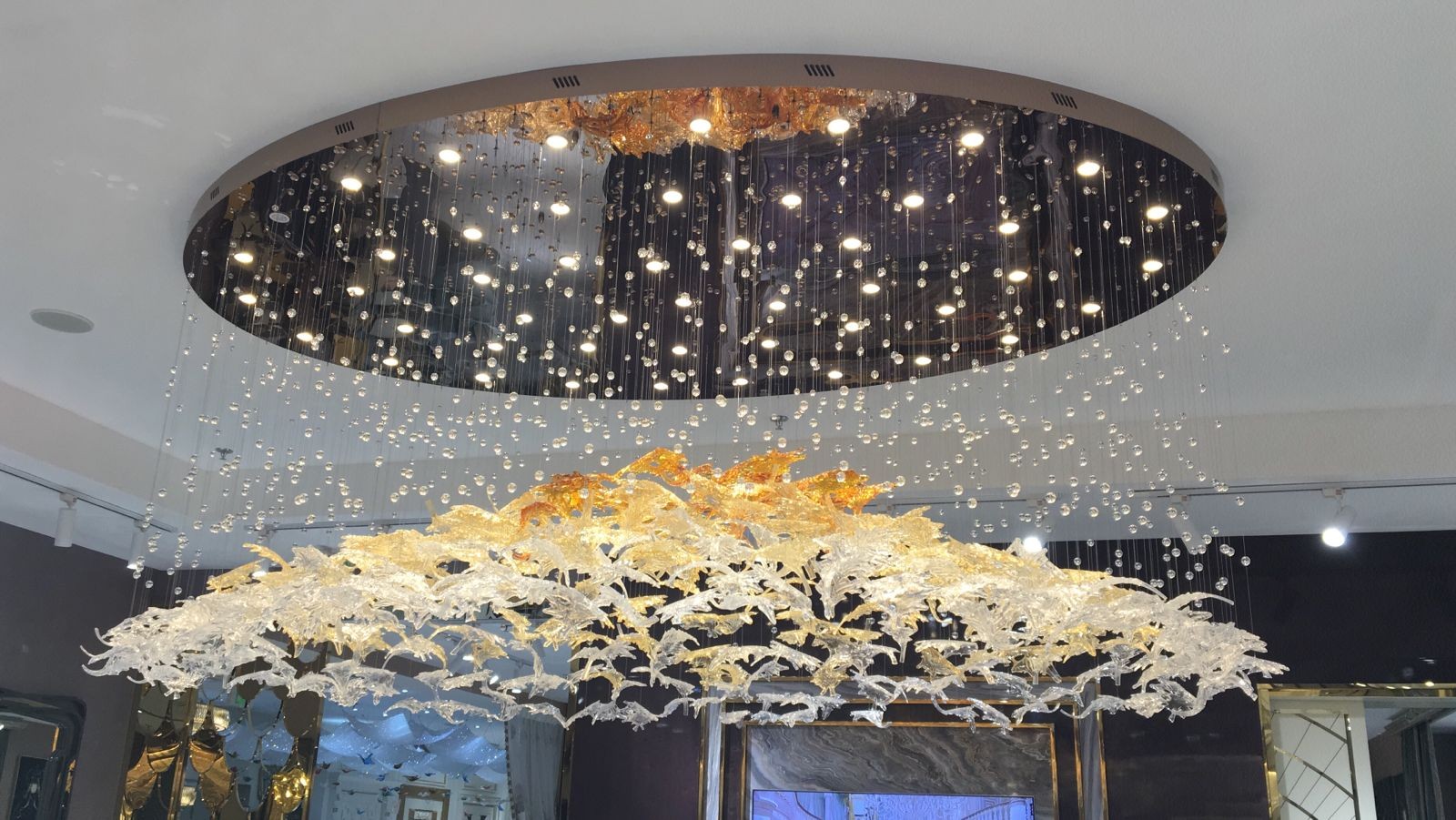


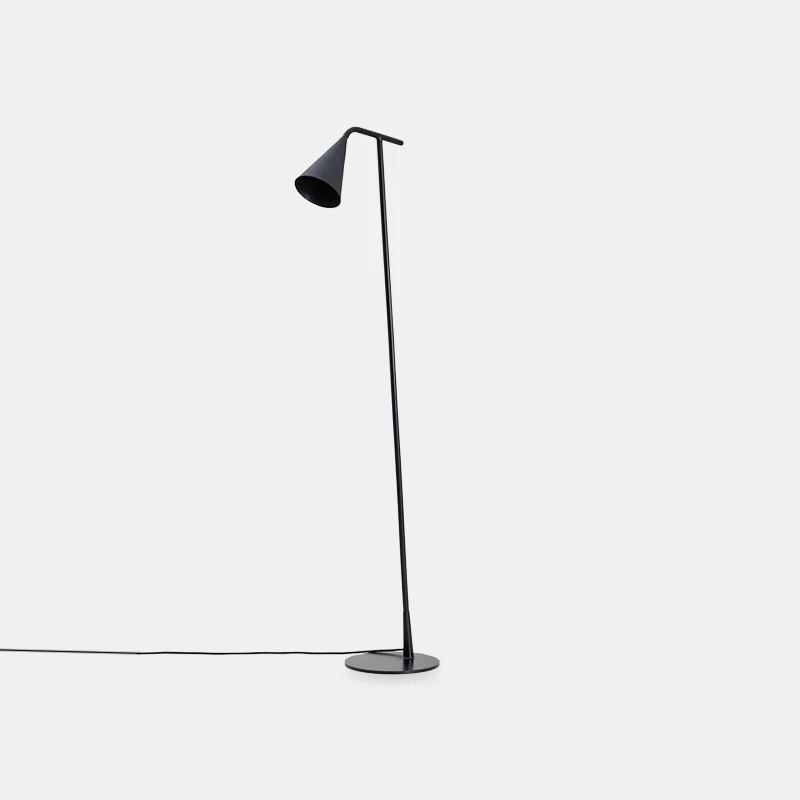
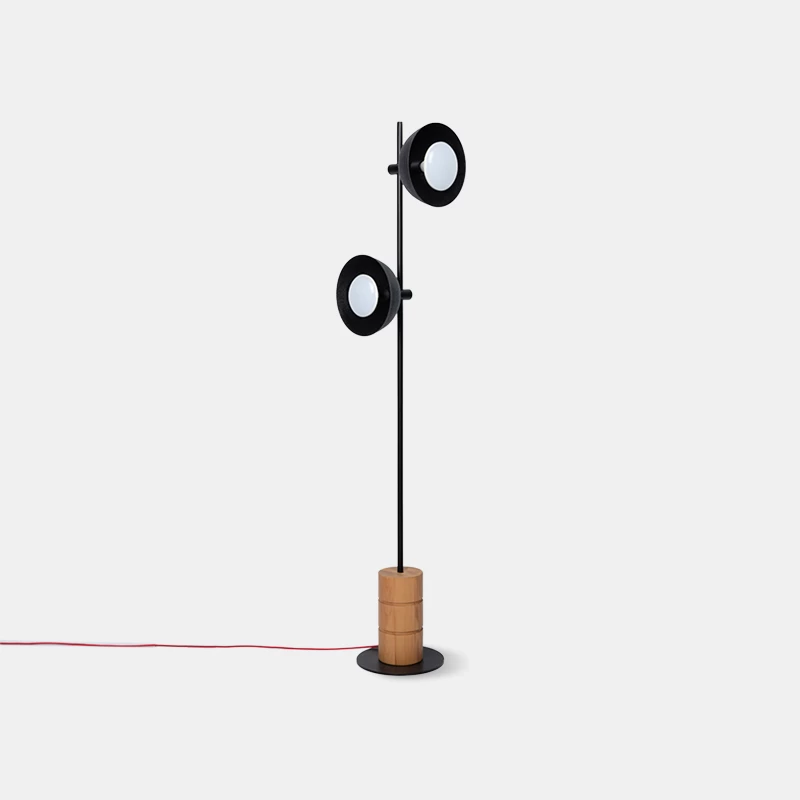
.webp)
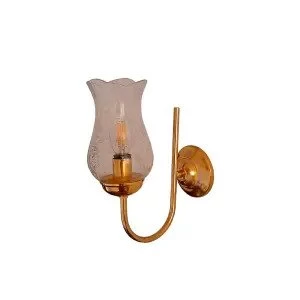
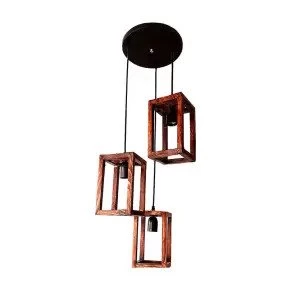
.webp)
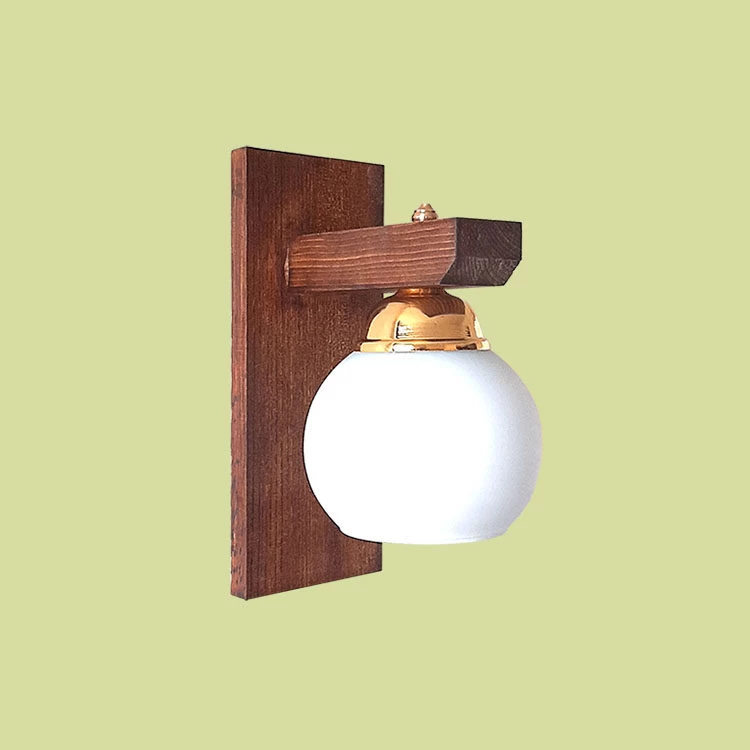
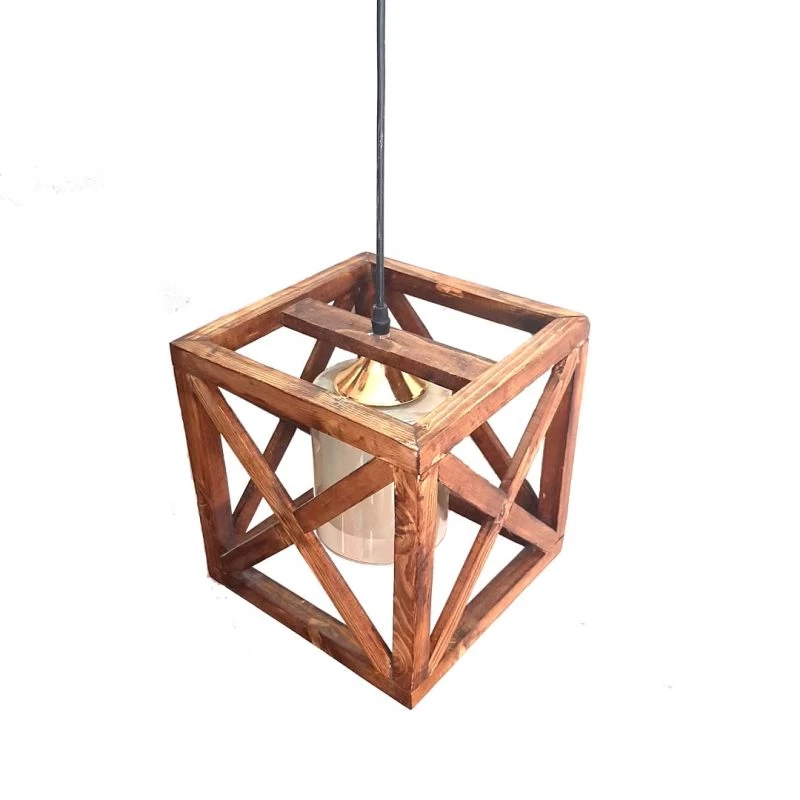


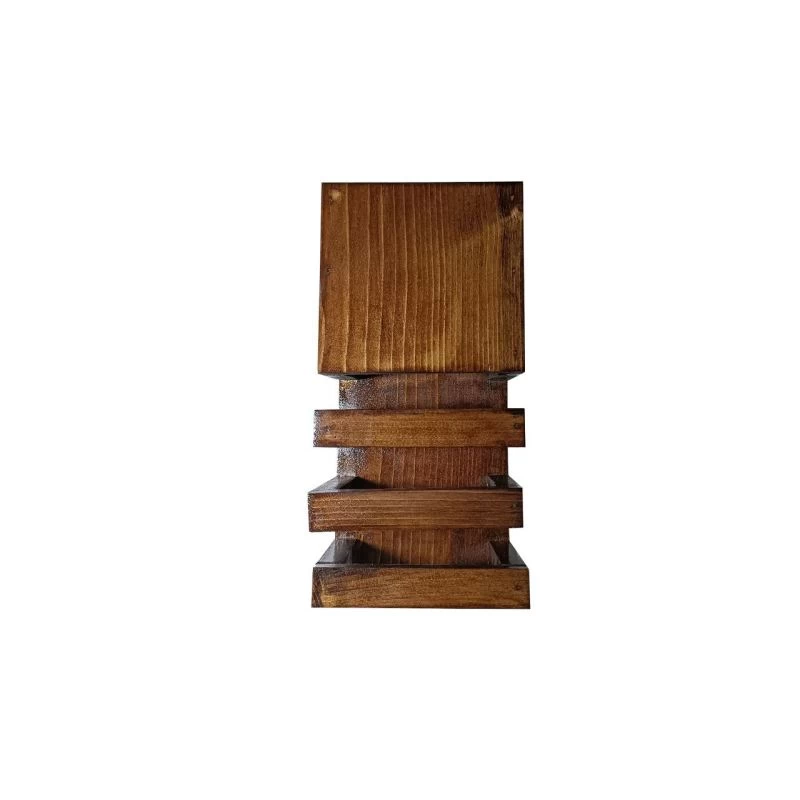

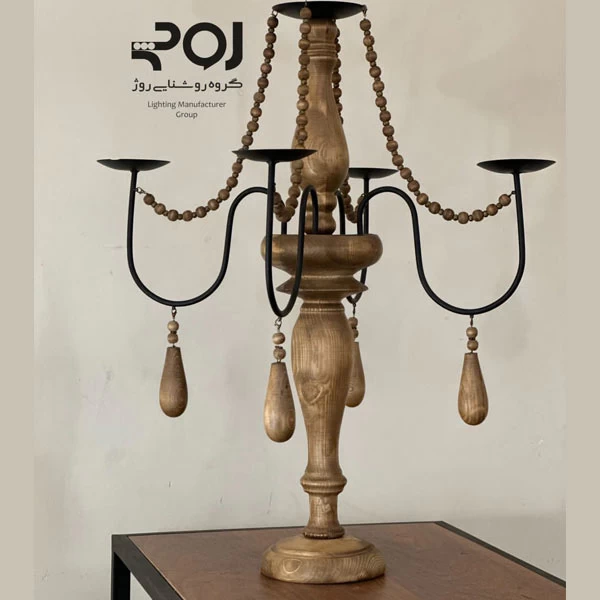
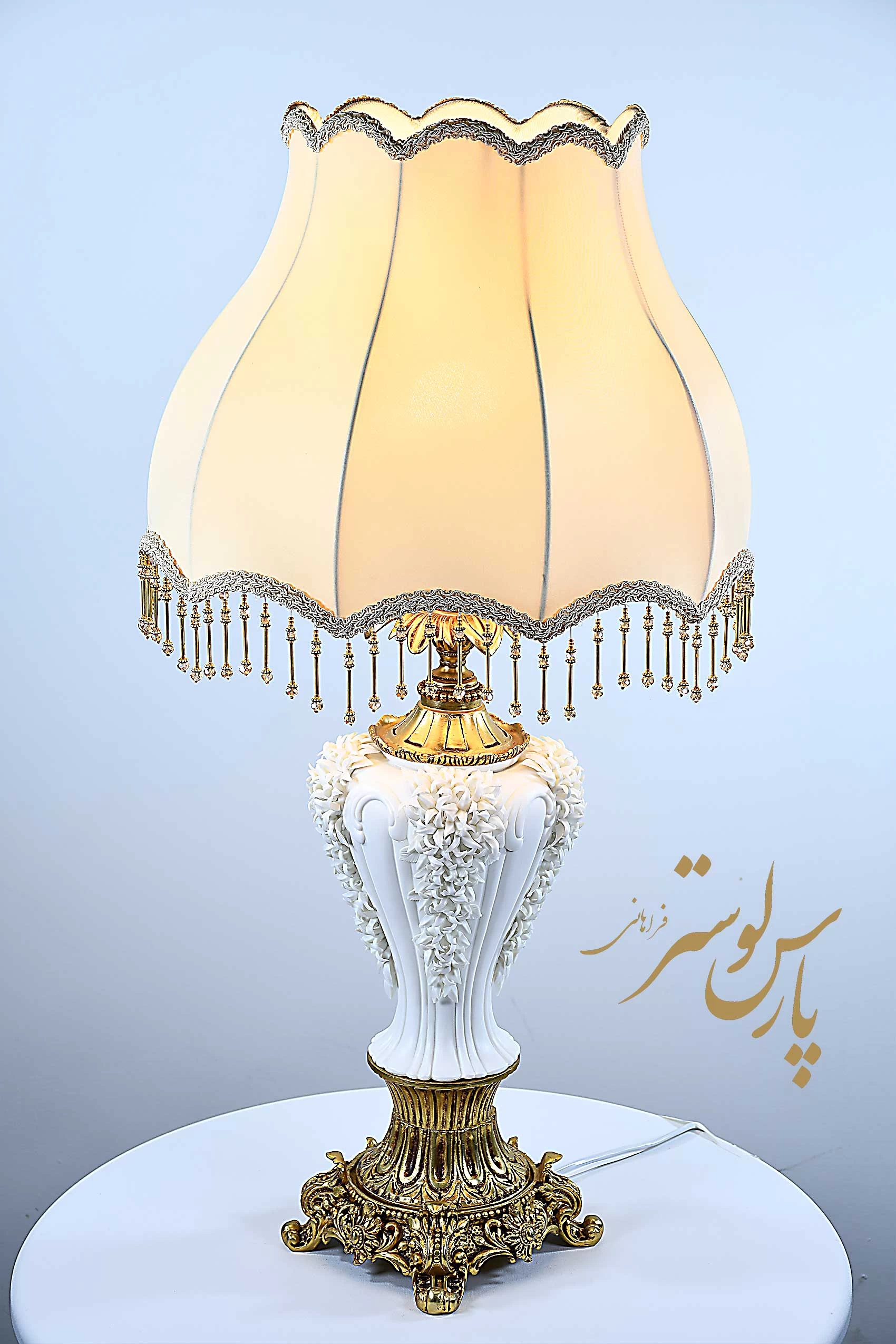
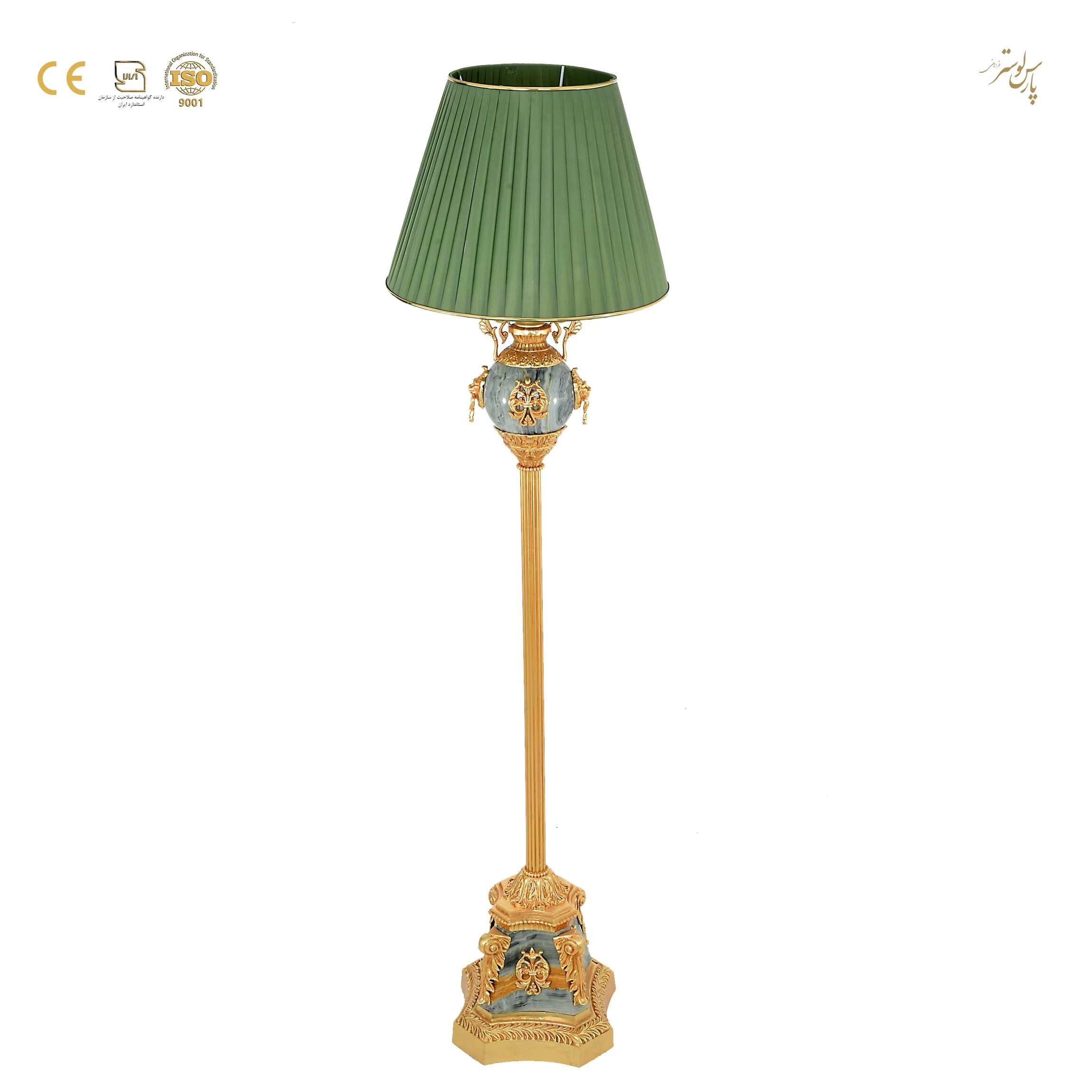
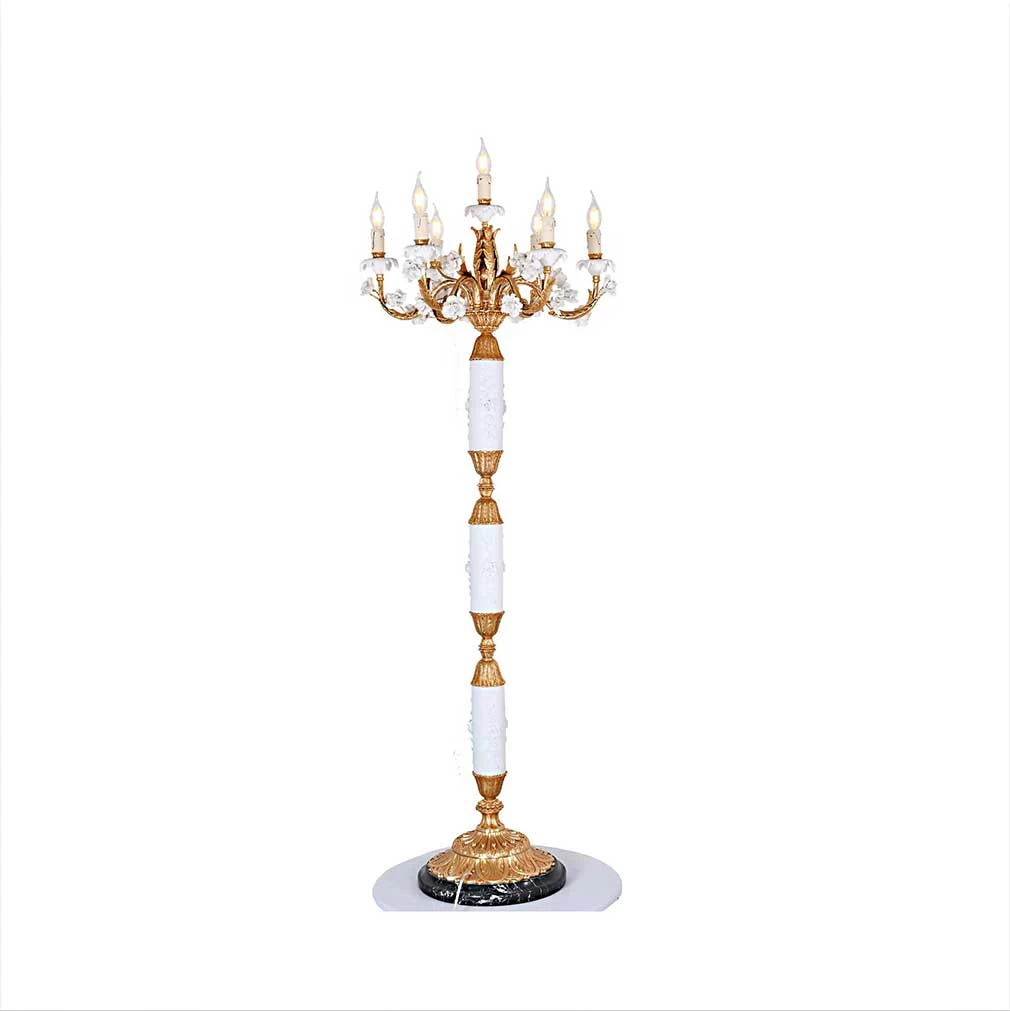

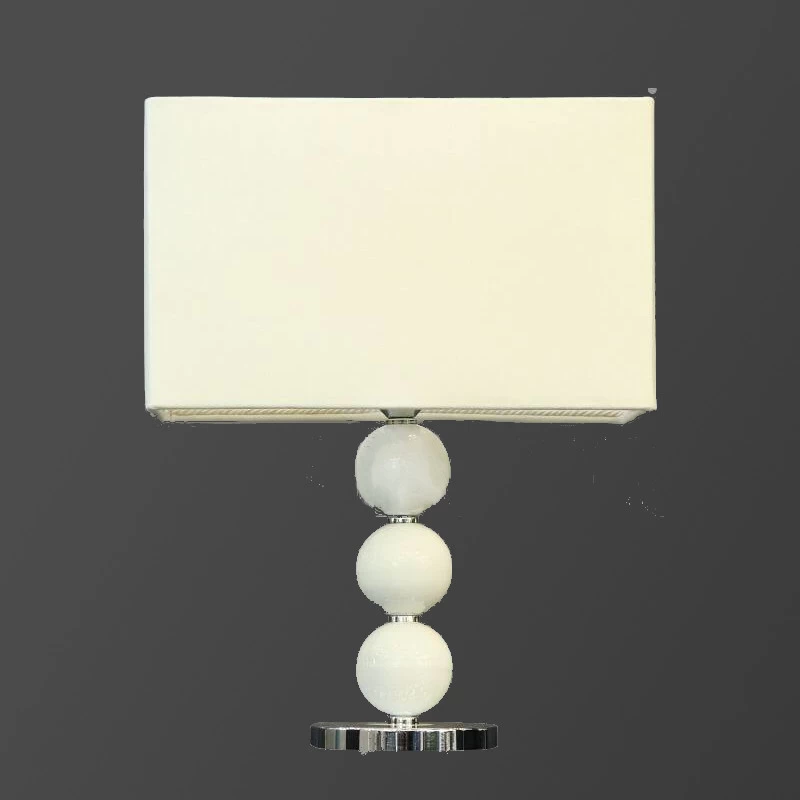
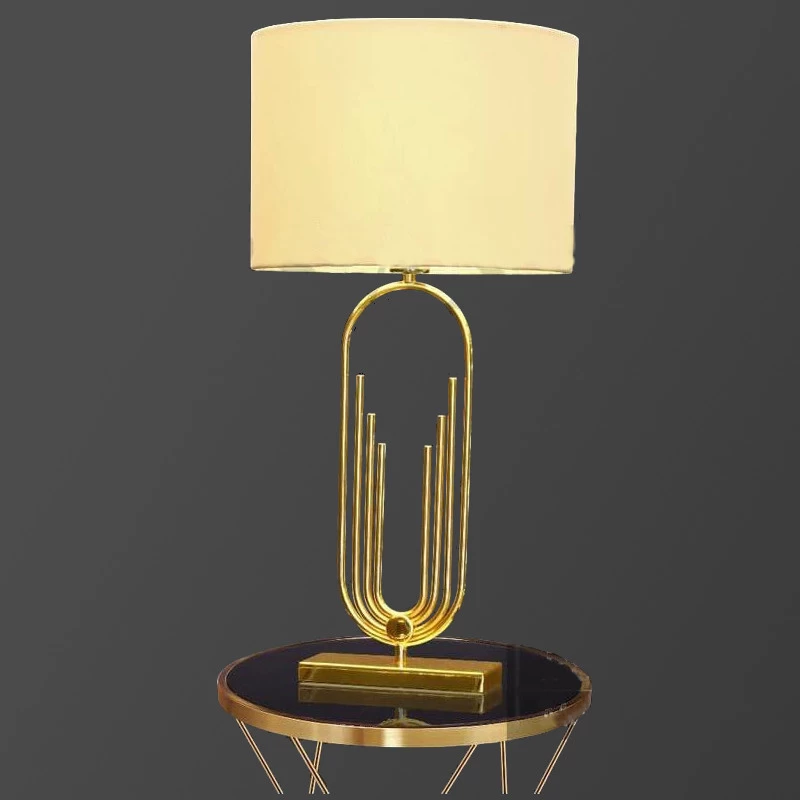
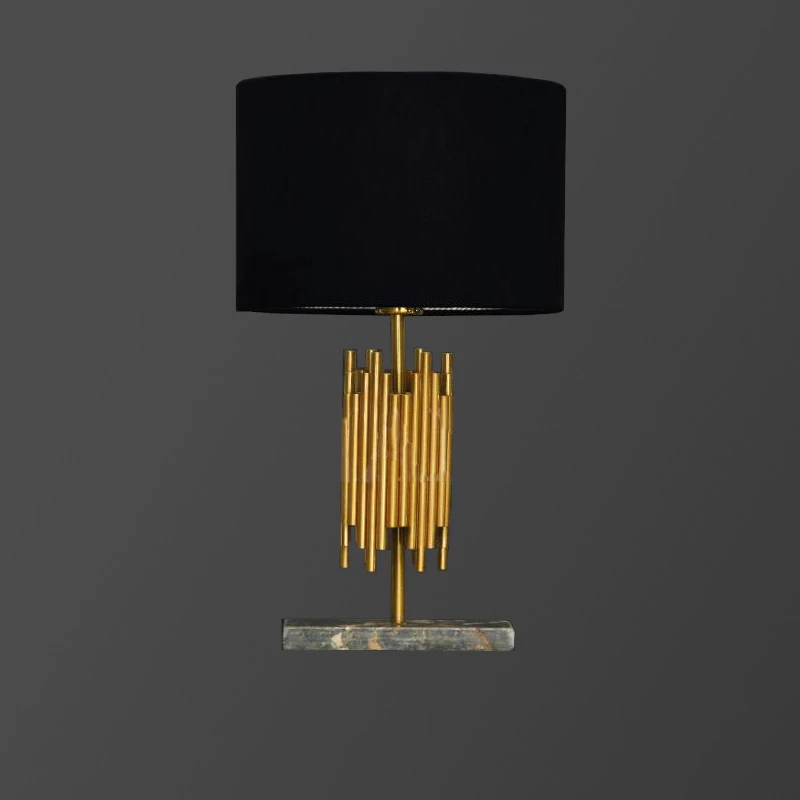

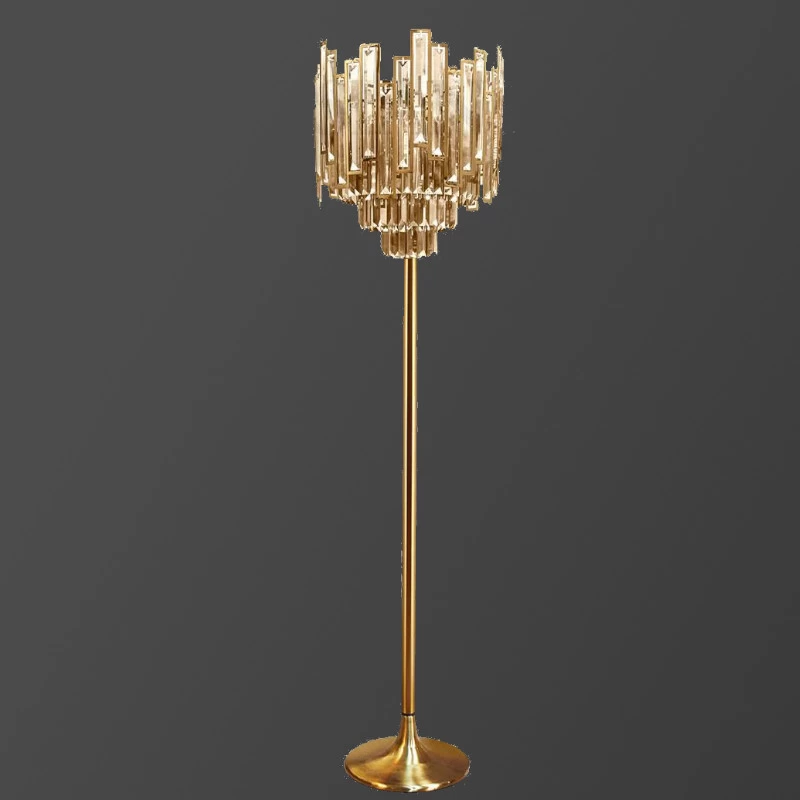
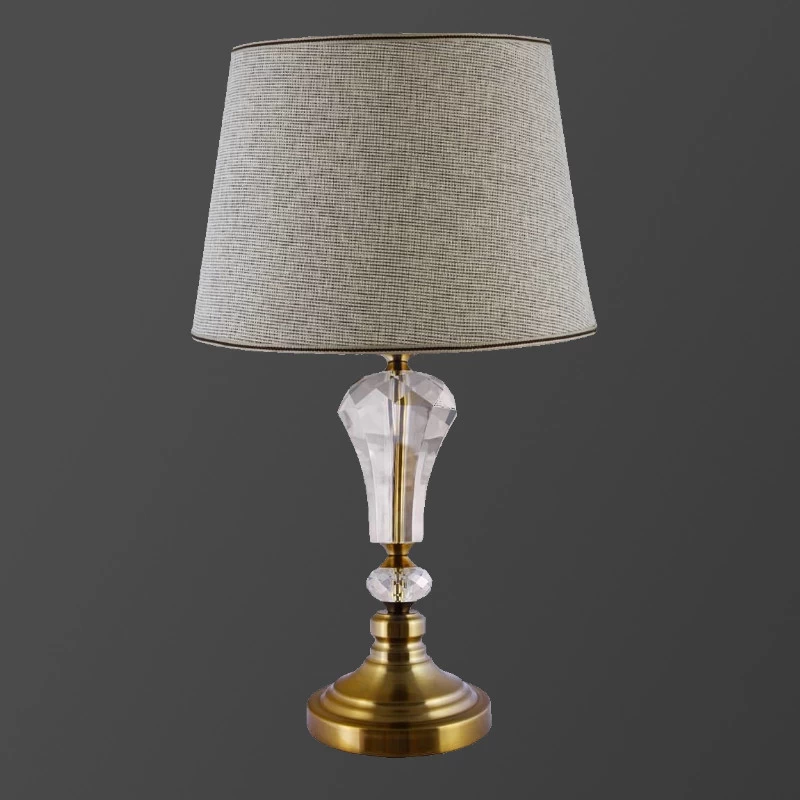
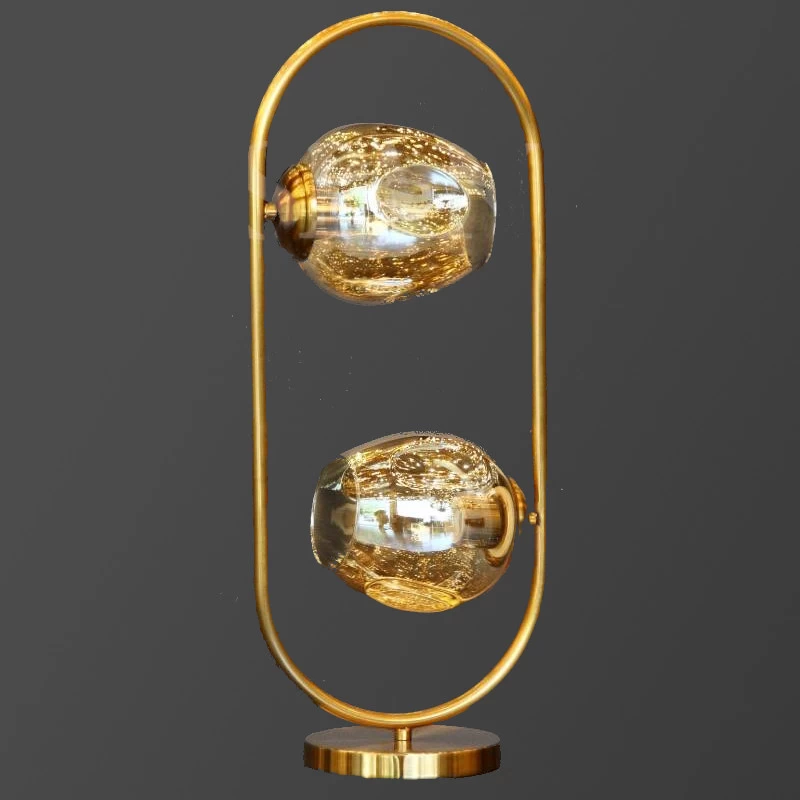
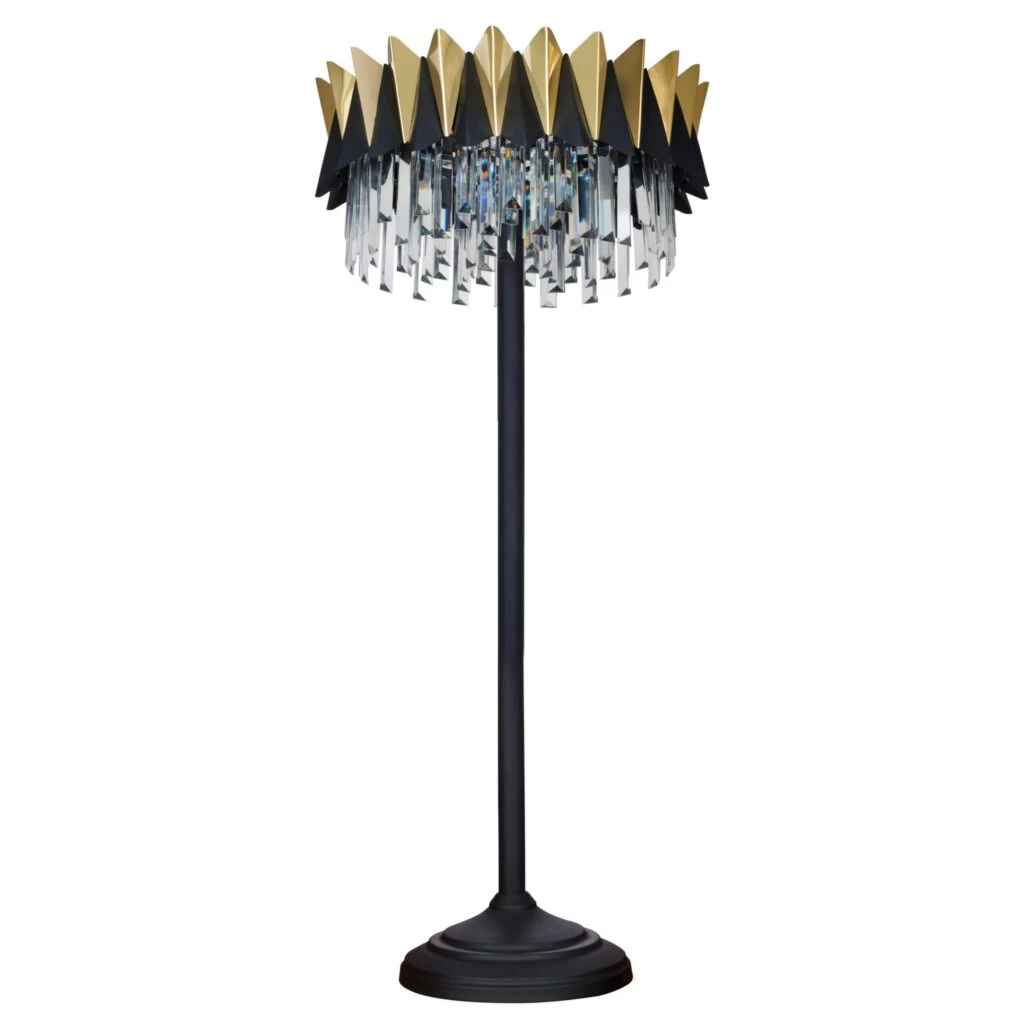
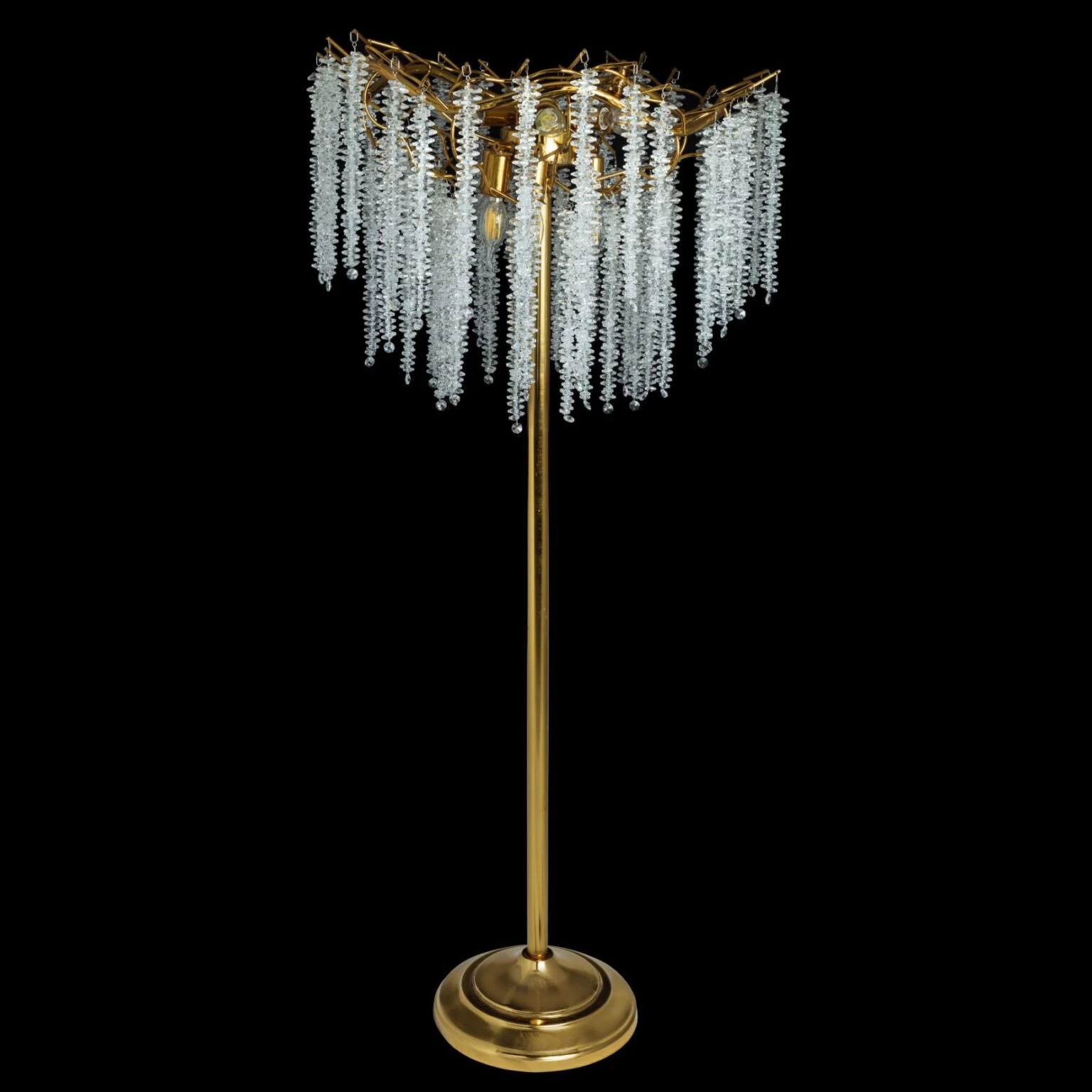
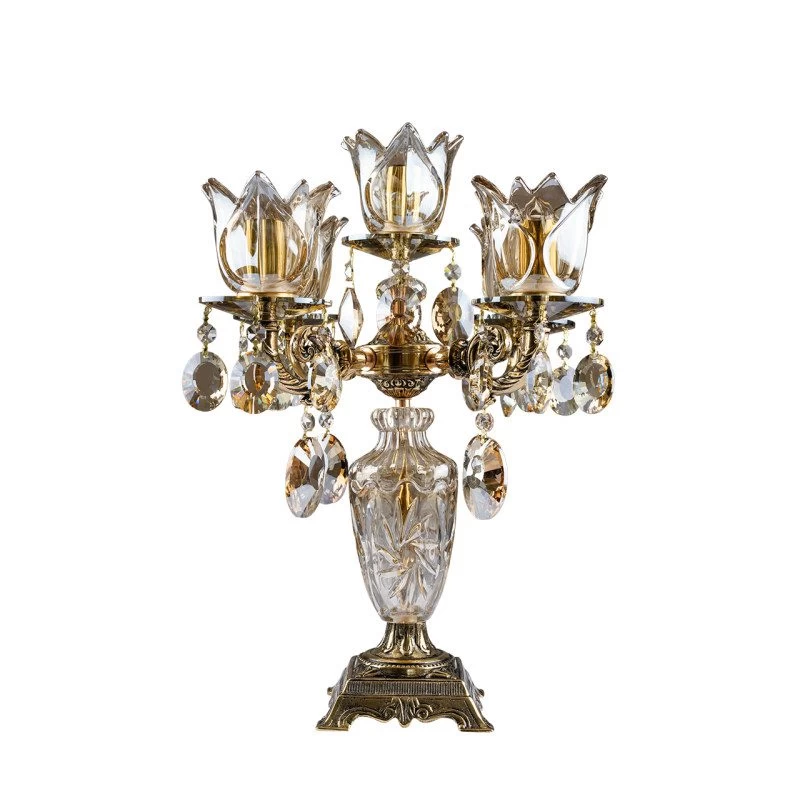
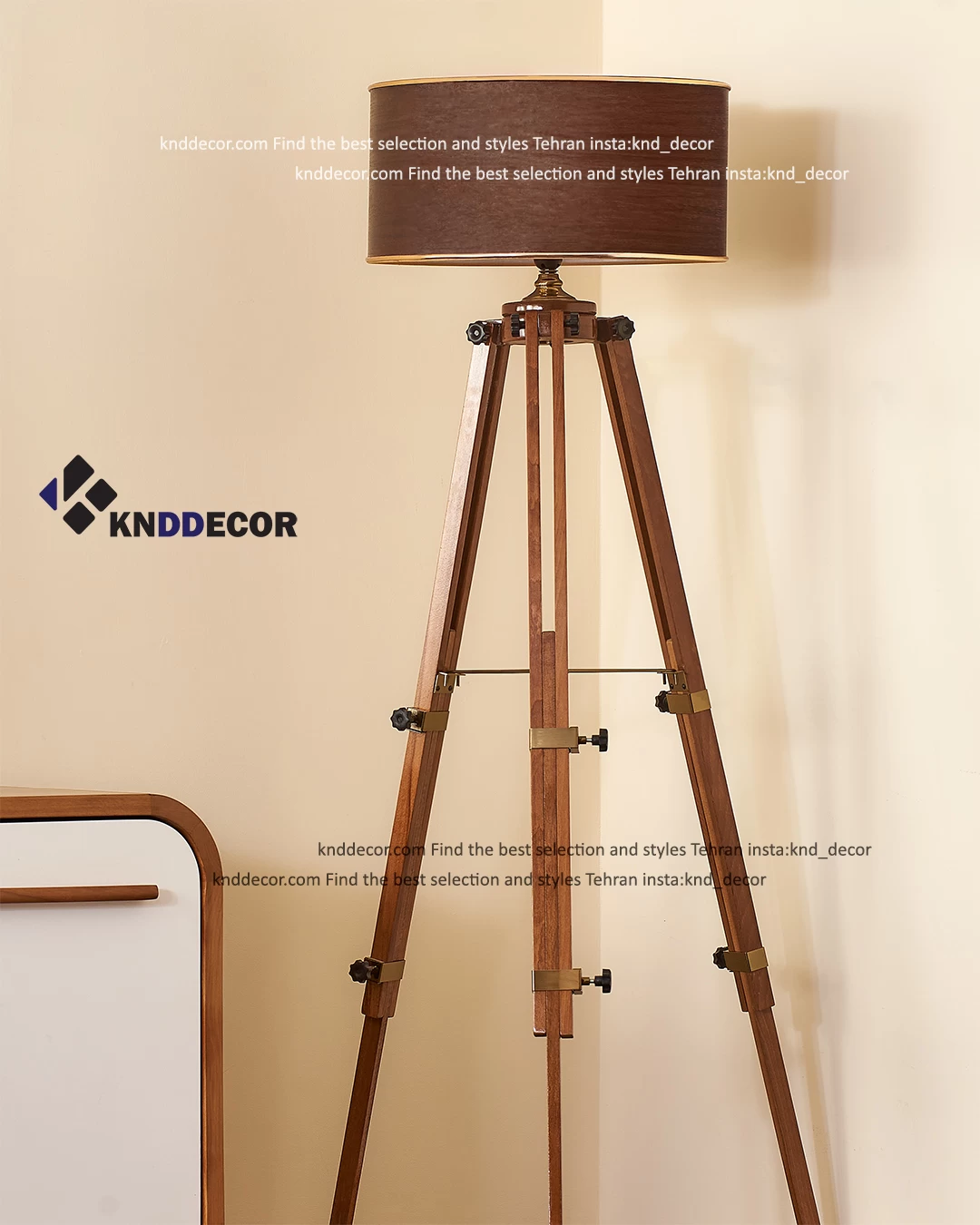
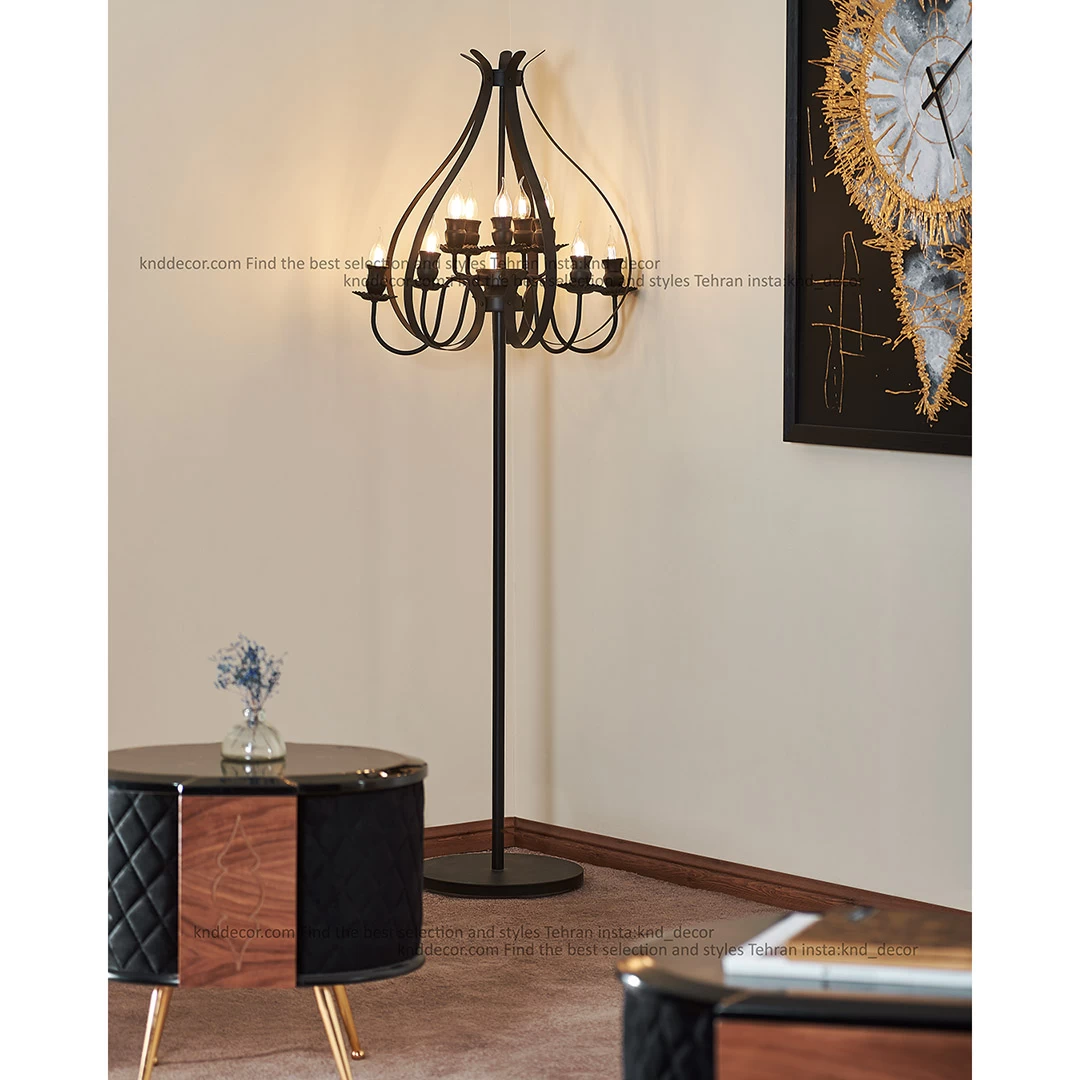
 کد SH107.webp)
